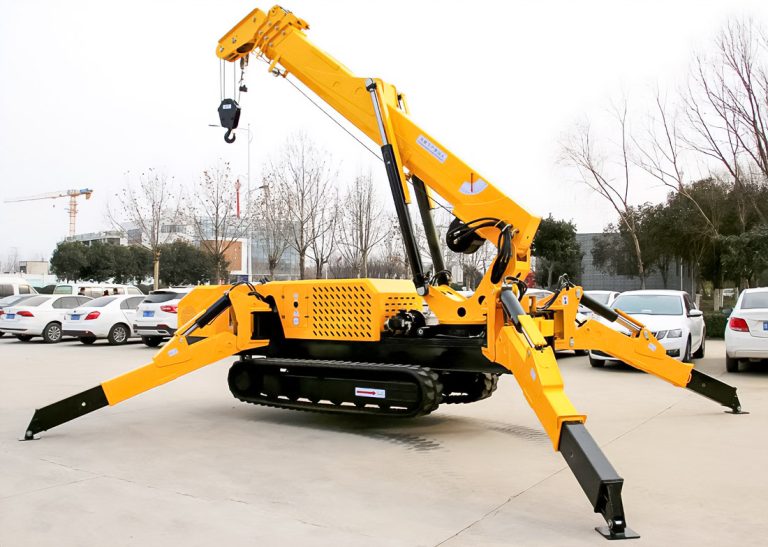Padel tennis, an innovative sport that ingeniously merges the essence of traditional tennis with unique elements such as enclosed courts and underhand serves, has swiftly ascended from its humble beginnings in Mexico to international acclaim. This sport stands out for its blend of accessibility, strategic depth, and emphasis on doubles play, offering a refreshing and engaging experience to players of all abilities.
Since its inception in 1962, padel tennis has undergone a remarkable evolution, marked by the establishment of professional tours and global championships that have significantly elevated its stature. With over 37,000 courts worldwide, the sport’s popularity is a testament to its appeal, providing a perfect amalgamation of competitive spirit and communal enjoyment. With its state-of-the-art facilities offered by Padel courts in Dubai has become a vibrant epicenter for padel enthusiasts, showcasing the sport’s growing influence and the thriving culture it fosters.
The Unique Appeal of Padel Tennis
Padel tennis, often called “padel,” distinguishes itself from traditional tennis through several key features:
Enclosed Courts
Padel is played on smaller courts surrounded by walls, typically glass or mesh, allowing for ball rebounds and introducing a dynamic strategic layer.
Equipment
The game utilizes solid rackets and low-compression balls, slowing the pace and making it accessible to a wider range of skill levels.
Serving and Gameplay
Underhand serves, and the allowance for wall bounces before returns add unique strategic considerations, emphasizing skill over power.
Doubles Play
The focus on doubles encourages teamwork and communication, enhancing the social aspect of the sport.
Origins and Evolution
The sport traces back to 1962, when it was conceived by Enrique Corcuera in Puerto de Acapulco, Mexico. What began as a leisurely backyard game quickly captured the hearts of many across Latin America and, subsequently, the world. Spain played a pivotal role in Padel’s European expansion, serving as a springboard for its introduction to other continents.

Professionalization and Global Recognition
The Professional Padel Tour (PPT) launch in 2005 marked a significant leap towards the sport’s professionalization, offering a platform for elite players to compete internationally. The biennial World Padel Championships further contribute to Padel’s prestige, attracting global talent and fostering international camaraderie within the sport.
Padel’s Worldwide Expansion
Today, the global landscape of padel tennis boasts over 37,000 courts, underscoring the sport’s widespread appeal. Its growth is quantified by the number of facilities and the vibrant communities it has nurtured, from local clubs to international competitions.
Experiencing Padel Tennis in Dubai
Dubai has emerged as a haven for padel enthusiasts, offering top-tier facilities catering to seasoned veterans and newcomers. These venues provide excellent courts and foster a sense of community among players, making it an ideal destination for those looking to dive into the sport.

Conclusion
From its modest inception to becoming a fast-growing global sport, padel tennis has carved out a niche that transcends traditional racquet sports. Its unique blend of accessibility, strategy, and community engagement positions Padel as a sport with a bright future, continuing to attract a diverse and passionate following worldwide. As it evolves, padel tennis remains a testament to the enduring appeal of sports that bring people together, challenging players and delighting spectators in equal measure.

Skier, shiba-inu lover, band member, Mad Men fan and independent Art Director. Operating at the fulcrum of design and mathematics to craft experiences that go beyond design. I prefer clear logic to decoration.









